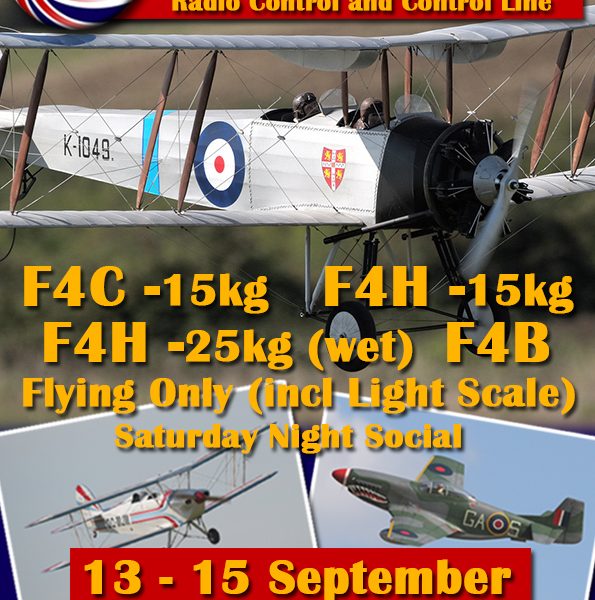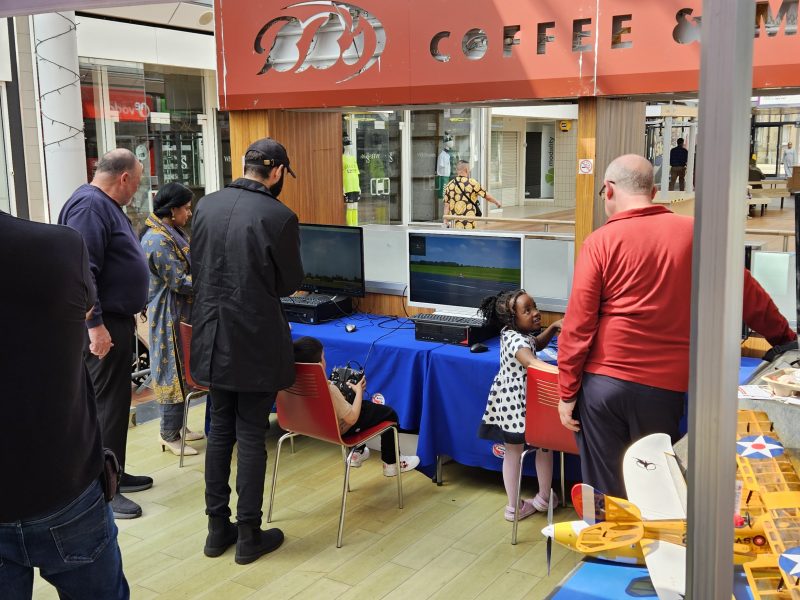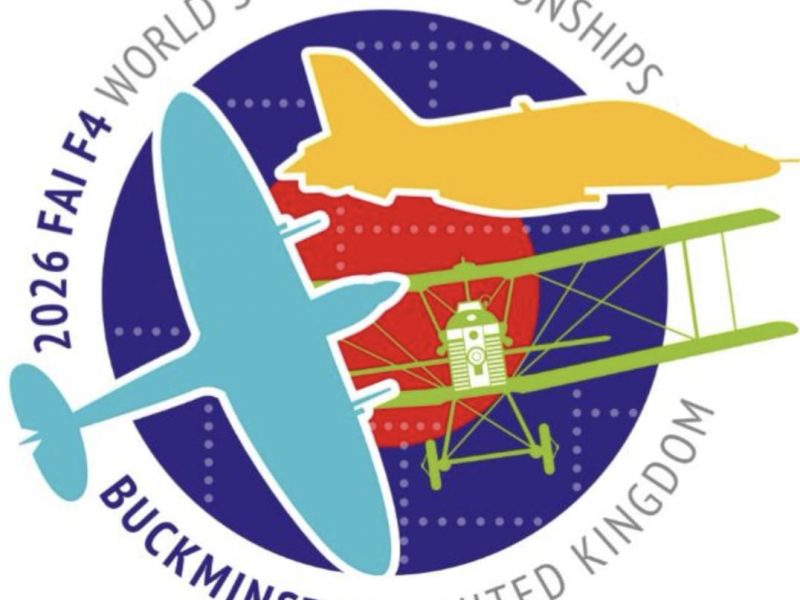<p>Brian was not a nationally known figure in the aero modelling world other than a couple of mentions in some modelling magazines but was a tremendous example of someone who refused to let enormous obstacles stop him from enjoying life to the full. Brian was severely injured in a motorcycle crash at the age of 19, losing his right leg and the total loss of use in his right arm through nerve damage. This made standing for any time both awkward and uncomfortable and he wasn't helped by his exceptional height (6' 81/2'') which exacerbated the effects of any trips and falls. One such fall was often recounted with a twinkle in his eye – while out shopping, his artificial leg gave way and he innocently asked a concerned lady passer-by to hand him his foot – at which she promptly fainted and joined him on the pavement!</p>
<p>A lifelong aircraft enthusiast, during retirement he embarked on the daunting task of building model aircraft with just one hand and advice from a friend. after moving back to the area, he visited the Luton and District Club in order to find out if it would be possible to learn to fly. Brian brought with him an almost completed tissue covered Puppeteer and tales of a fearsome Avro Vulcan waiting in the wings. We were amazed at the feats of ingenuity required to produce something that many able-bodied people struggle to build – or simply admit they are incapable of doing. Brian estimated that he spent as much time making aids and jigs to work one handed as in actually building his models.</p>
<p>after completing the suggested enhancements and finishing touches in time to bring the Puppeteer to the annual Open Day he was delighted to see his creation fly successfully.</p>
<p>learning to fly models when well into your sixties is daunting enough with two hands and full mobility but Brian found a great friend and instructor in John Duncker, who worked with him to overcome the considerable obstacles to learning to fly with a much modified transmitter enabling full 4 function control with one hand. eventually Brian was able to pass his A test and was free to fly alone.</p>
<p>Back in his workshop, progress was made on the Vulcan and his test pilot managed to get it into the air – no mean feat as the propeller had to be so large for the model to pass the noise test with its rather old technology engine that is severely restricted ground clearance to rotate and finding a suitable bump in the ground was the only was to get it to unstick! Once airborne, it performed magnificently and delighted all who watched – especially Brian. A video of this flight, set to the Dambuster's march, was played at the start of his funeral, such was the importance of aero modelling to him and his family.</p>
<p>Over the years, that workshop produced a stream of impressive creations and Brian went home from countless club shows clutching a glittering haul of cups and trophies. 2016 was a particularly successful one for him, winning Best in Show, Best in progress and Smaller Model prizes and a fitting climax to his model making career – it's so sad that he will never see his 4 SC52FS engine B17, Mahers Thunderbird and a second (now ducted fan) Vulcan, which are all nearing completion, take to the air.</p>
<p>constant pain from nerve damage and decreasing mobility meant that Brian had to give up active flying during the last couple of years but his interest in building continued unabated. on the rare occasions that he needed help, various club members would enjoy the opportunity to visit his very busy workshop.</p>
<p>despite his disabilities – which he said many times that he was glad happened at such an early age as it helped him cope through future life – he forged a successful career in local government (skills put to good use as club secretary for several years), raised his family and did a great deal of voluntary work in helping others with amputation and mobility problems.</p>
<p>our thoughts are with Carol and son Steve at this sad time.</p>




